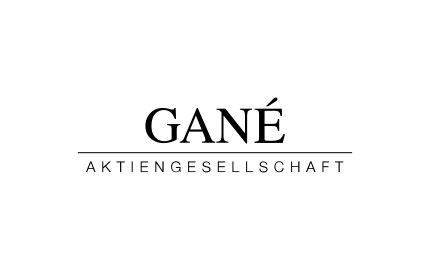After a historically poor year in 2022, capital markets got off to a furious start in 2023 with the best January performance of the EURO STOXX 50 since its launch in 1987. There were a number of reasons for the rally: The reopening of the Chinese economy after a surprise end to the zero-covid strategy, easing recession worries in Europe, falling energy and commodity prices, as well as an overall calming on the inflation front and, above all, hopes for a timely turnaround of the restrictive U.S. monetary policy.
Now, many market participants are asking whether there is not too much euphoria at the moment. Admittedly, prices were very low last year, and GANÉ was also able to take advantage of attractive buying opportunities in stocks and bonds. For us, shares in carefully selected winning companies continue to offer the greatest long-term return opportunities of all asset classes. Nevertheless, there is no reason for euphoria. The challenges for capital markets remain great.
The war in Ukraine will in all likelihood not come to an end in the short term, the growth recovery in China could quickly make commodity prices more expensive again, and the massive increases in wage and capital costs in the USA and Europe are weighing on companies’ margins. In addition, consumers on both sides of the Atlantic are likely to exercise restraint in the future. In addition, the capital market in the USA is already pricing in interest rate cuts for the second half of the year. The decline in the U.S. inflation rate from 9.1 percent in June 2022 to 6.5 percent in December 2022 and concerns about a recession are feeding hopes of an early change in strategy by the U.S. central bank. Although the restrictive monetary policy is starting to show results in the U.S., FED Chairman Jerome Powell reiterated that there is still a lot of work ahead for monetary authorities on the road to price stability. No wonder – at 5.7 percent, the core inflation rate is still far above the target of 2 percent. At the same time, the unemployment rate of 3.4 percent, the lowest since 1969, continues to point to a rather slow cooling of the overheated labor market. We therefore expect interest rate cuts only in the event that a sharp recession causes unemployment to jump or core inflation to fall sharply.
GANÉ takes a very measured and far-sighted approach to selecting equities and bonds. Our companies must be able to cope with higher financing costs even in the absence of interest rate cuts. At the same time, structural value drivers must be strong enough for companies to survive a deterioration in consumer sentiment unscathed. Therefore, high gross profit margins, solid growth in cash surpluses net of maintenance capex, and low capital intensity remain core components of our stock selection. For bonds, the focus remains on the security of expected coupon payments. Particularly in the current environment, we are paying more attention to stabilizing events in the bond segment, such as capital increases, because successful restructuring measures can contribute to an improvement in the credit rating and thus to a positive rating trigger. We see no reason for euphoria – but for well-founded confidence that we will be able to preserve and increase the capital entrusted to us in the long term.
Author:

